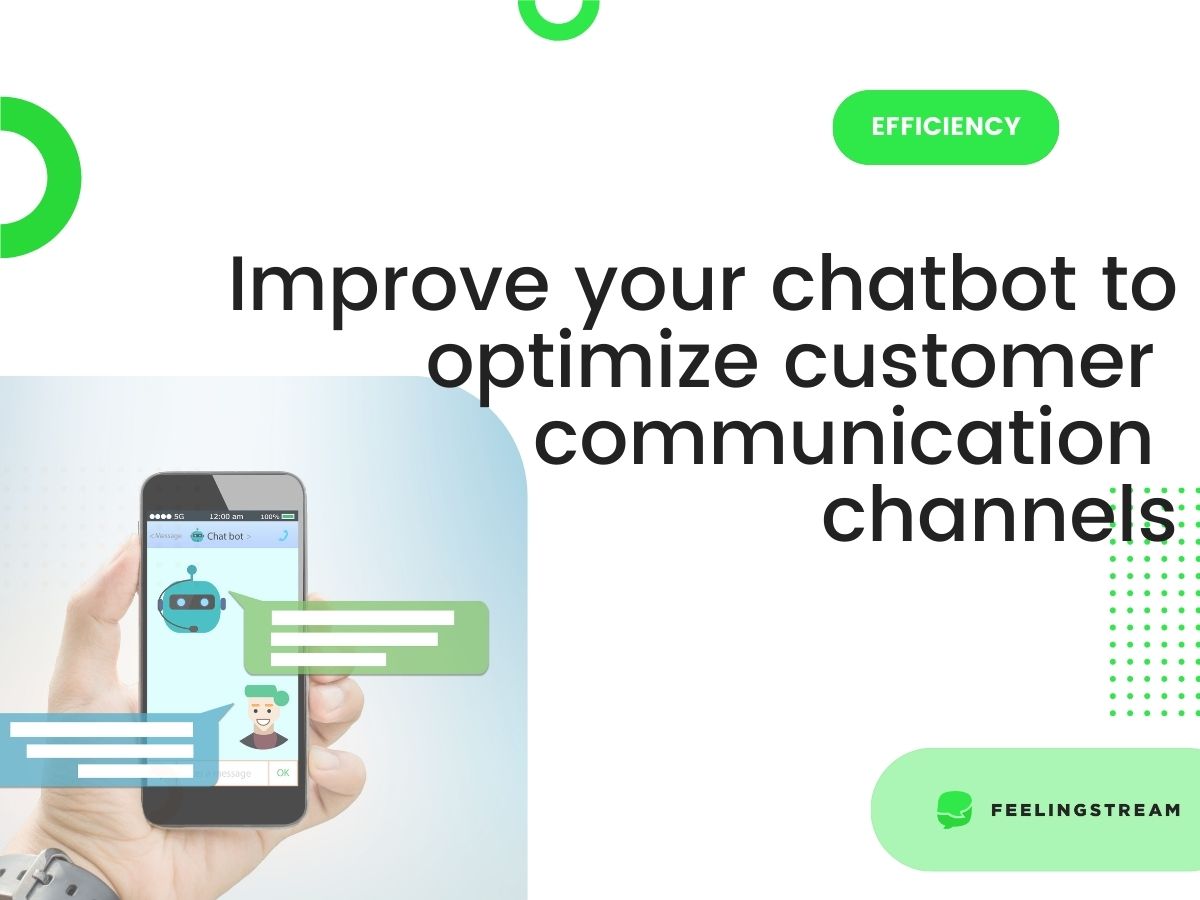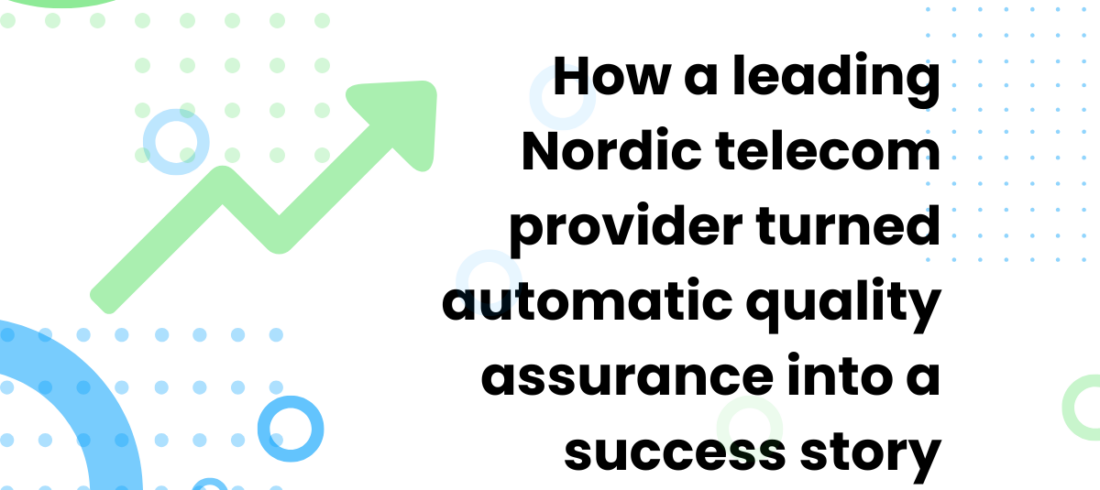Chatbots have become increasingly popular as a customer communication channel in the last few years. More and more companies are adding a chatbot to their website.
It is cost-efficiency that makes companies turn to customer service chatbots. However, they are only worth investing in if they can help customers.
In this post, we tell you how you can improve your chatbots via analysis and targeted training. This also leads to better customer service as a whole.
You cannot simply install a chatbot, they need more work
From the perspective of a company, customer service chatbots and self-service are the easiest and cheapest means of helping customers.
When visiting a company website and being offered assistance by a chatbot, a lot of customers may initially open the chat. Then often they would unfortunately realize that the chatbot is unable to help them.
When this happens the customer will most likely use other customer communication channels such as phone or email. Those lines of support are, however, more costly for the company as they involve human resources. This would mean that companies’ investment in the chatbot becomes worthless.
Adding a chatbot to a company website is not as simple as just installing it.
Chatbots require continuous work in terms of analyzing customer interactions. This is important to be able to understand, first, how chatbots can best help customers. Secondly, analyzing chats will help highlight how other communication channels can be optimized.
Improved chatbot performance through analysis and targeted changes
Feelingstream has developed a chat analytics platform (alongside our call analytics solution and customer email processing solution). It gives companies insight into the types of questions that customers ask the chatbot.
These chats can be searched based on topics. The analysis can reveal which topics the chatbot can help with. You can also see the topics where the bot is unable to resolve issues. Action can be taken from there e.g. the bot can be trained to help with recurring questions.
In addition to this, failed chat interactions can reveal necessary changes for self-service and the website. This way the customers can help themselves better in the future.
Every issue that a well-functioning chatbot can either resolve or refer to self-service is an avoided call or email.
In terms of cost-efficiency, it makes sense then to invest in teaching chatbots to help customers rather than employing large customer service teams to deal with those same questions through more costly communication channels.
Examples of chatbot analysis and optimization
One of our clients saw that their customers used their chatbot. However, a lot of the customers stopped the chat and called customer service. That’s because analysis done through Feelingstream showed that the bot was unable to help the customers with their issues.
Our client proceeded to analyze those customer chats and discovered several opportunities for improvement. For example:
- When customers asked about their invoice, the chatbot asked them to read a general billing-related page on the website
+ After analysis and training, the bot could refer the customer to the correct area in self-service to get their billing information. - When the chatbot asked what the customer has already tried to solve their issue, it did not consider the answer later on in the chat (this problem applied to multiple different customer issues).
+ After analysis and updating, the bot was taught how to proceed using the additional information that the customer had provided. This led to the chatbot being able to provide more personal support.
Optimizing all customer service channels after analyzing bot interactions
There will always be issues that the chatbot is not able to solve for the customer. There is a lot it can do with thorough analysis and training.
With Feelingstream’s chatbot analytics platform, businesses get insight for improving their chatbots. They can also use this insight to enhance the website and self-service.
After optimizing other communication channels, costly phone and email support will be available for those customers that really need it. Focus can go on increasing sales.
If you would like to learn more about our chatbot analytics solution, get in touch with us here. Also make sure to read our article about 5 ways of using AI for chatbot analytics and our great article about efficiency with the help of AI.




